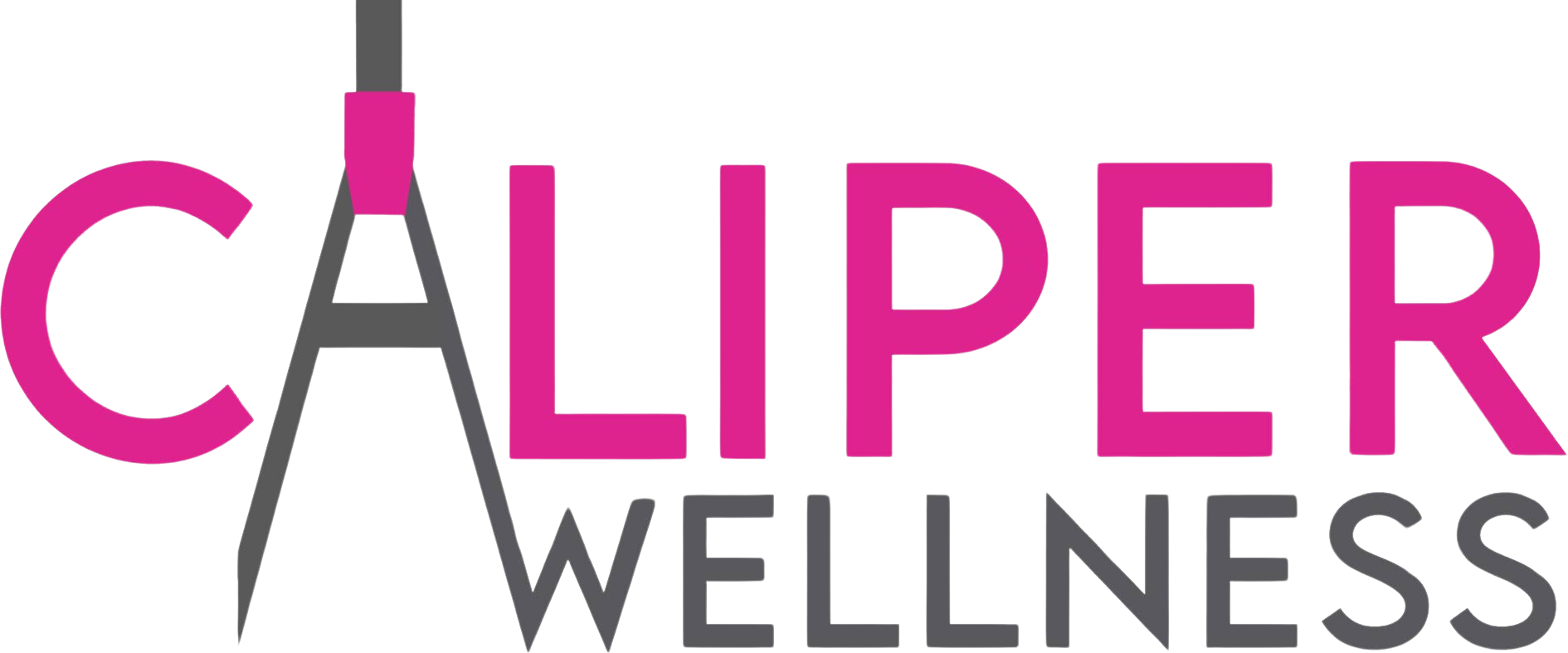By: Karen Schwartz, LMHC and Yvette Triana, LMHC
1. Acknowledge Your Anxiety and Fear
It is normal for parents to have overwhelming fear and anxiety for their children’s safety. Instead, rather than trying to suppress or control these feelings, ACT teaches individuals to accept them. Talk to the parent about how fear is a natural reaction to a genuine threat and that it doesn’t have to control their behavior or take over their thinking.
ACT Tool: Cognitive Defusion
Encourage parents to take a step back from their ideas and recognize them for what they are: ideas. For instance, a parent can reframe their thoughts to say, “I’m having the thought that I’m scared something will happen,” instead of, “I’m scared something will happen to my child.” By doing this, the parent puts some distance between themselves and their anxiety, helping them not to be controlled by it.
Resource 1: The Happiness Trap by Russ Harris, which explains cognitive defusion techniques in simple terms.
2. Clarify Values Around Safety and Connection
Urge the parent to consider what is most important to them, which is probably providing for and nurturing their child. Values-driven behavior is the main focus of ACT. Parents can act in ways that are consistent with their values, such supporting their child’s mental wellbeing or pushing for safer school environments, even while they are under stress or fear.
ACT Tool: Values Clarification
Help parents identify key values around parenting, such as safety, connection, and support. They can then decide what to do depending on these principles; for example, they can talk openly with their kids about safety procedures or meet with school administration to talk about security precautions.
Resource 2: ACT Made Simple by Russ Harris, which offers worksheets and exercises for clarifying values and setting goals.
3. Commit to Action Despite Uncertainty
While lockdowns and shootings are distressing realities, but even in the face of uncertainty, ACT encourages parents to commit to actions that are consistent with their values. For instance, teaching their kids coping skills or being up to date on school safety protocols all the while promoting a well-rounded, active lifestyle.
ACT Tool: Acceptance and Mindfulness
By practicing mindfulness, parents can lessen their grasp on fears about the future by remaining grounded in the here and now. During times of extreme stress, for example, a little mindful breathing exercise might help people refocus and be there for their family.
Resource 3: The Mindfulness and Acceptance Workbook for Anxiety by John Forsyth and Georg Eifert, which provides practical mindfulness and acceptance exercises.
Final Thoughts
Encourage the parent to balance their concern for their child’s safety with mindful actions that promote well-being. ACT helps them to make space for difficult emotions while focusing on what’s truly important. By doing so, they can better manage their stress and support their child’s emotional and physical safety.
Here at Caliper Wellness, we want to help you. Sometimes it is helpful to talk to someone about the concerns, fears, stress, anxiety, etc. surrounding your child’s safety at school. At Caliper Wellness we have therapists who are ready to help you. In addition, there are psychiatric nurse practitioners should you feel medication would be helpful as well.

